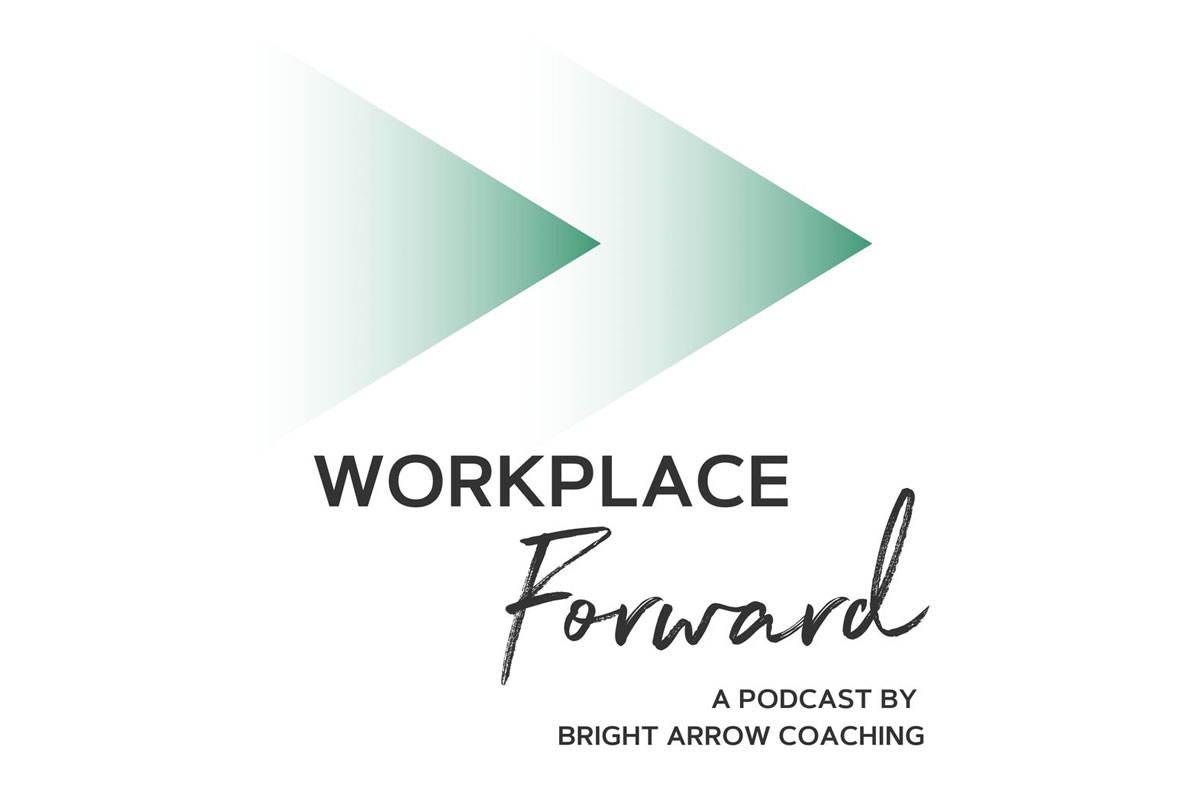Your brain is processing 400 billion bits of data per second, of which you are only aware of 2,000 of those. Thanks to your reticular activating system (RAS), a bundle of nerves in our brain stems, only the most important information gets through. Your RAS is what causes you to see a particular car everywhere once you’ve decided you want to purchase one yourself. It is how you are able to tune out the other conversations in a crowded restaurant so you can focus on what your date is saying. It is because of the RAS that we say in the coaching world, “what you focus on grows”. In short, you will always see more of what it is you are looking for.
In a world with an increasing number of distractions, it is upon us to decide what we will focus our precious attention on. We can easily be swept away into a myriad of emails, slack channels, and social media posts while we mulit-task away our meetings and work hours. Or we can choose to focus intently on a particular task, topic or person and be fully present for them. What is it that you want to see?
I recently received feedback about a client that woke me up to the impact of something that is diminishing in our lives, but increasing in important: presence.
Allow me to tell you this illuminating story about Sarah.
A key milestone in the executive coaching process is collecting stakeholder feedback from 8-10 people who work for or with that leader. In conducting stakeholder interviews for this client, something truly unusual was reflected back to me by her boss, direct reports and peers. “Sarah is always present.” It was relayed to me that she is never on her phone during meetings or multi-tasking on her computer. In fact, she takes notes on paper notepads so there is never a question about where her focus is. Which is, always, on the individual or group she is meeting with.
In giving this feedback to my client, she wasn’t at all surprised. She said, “Yes. This is a deliberate and very conscious choice. I pay for this choice in some areas. I have more work after hours and emails go unanswered throughout most of the day until my meetings end. But I’ve been at this long enough to know for sure, that this practice pays off in spades. People never have to repeat themselves or present their requests twice, because I really hear them the first time. My team and I make faster decisions. I don’t need to think about things outside of meetings as much because the topic had my full focus the first time around.”
Her words took me back to many of my own years of working mainly in cultures where we used meetings to catch up on emails rather than being fully present and contributing in deeper ways. I immediately wondered how many people felt disrespected by me (unknowingly and unintentionally on my part) simply by not being fully present with them. Selfishly, I wonder how many opportunities I missed where I could have shined. How much more could I have learned? How would other people have expanded as a result?
I left those bad multitasking habits behind long ago. But the personal retrospective that resulted from this client interaction is real and deep.
Leaders happily pay their coaches for the presence and full attention we give to their unique needs. It is presence that allows us to hear and see what isn’t overt. It is presence that helps leaders feel seen. It is presence that brings forth creativity and innovation.
What might change for you if you tried being fully present in all your meetings for the next week? Yes, you may have to manage your time differently so that you can fully focus on excavating from emails that pile up. But both your email responses and meeting participation will be laser focused. The ripple effects across your business will be vast. The direct uptick in your contributions and leadership prowess, obvious.
Let me know how it turns out!
This article was originally published on Forbes.









